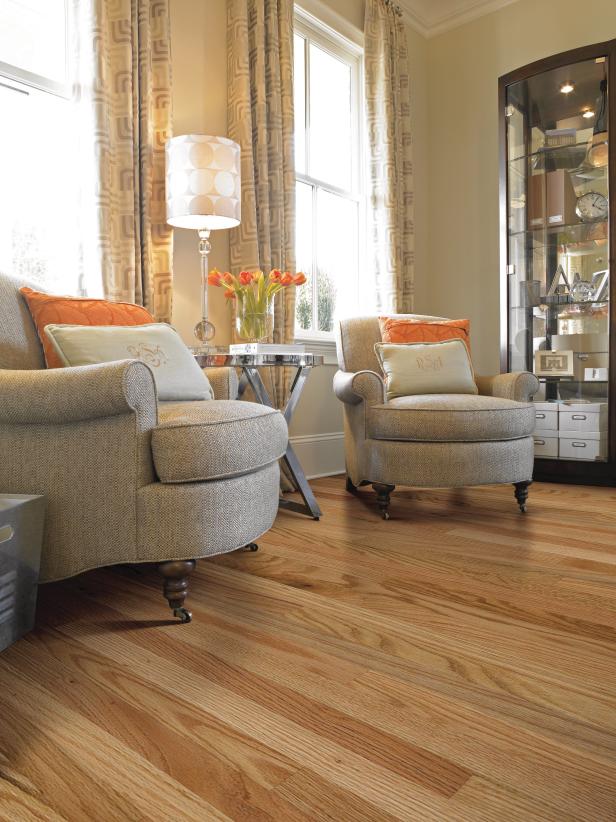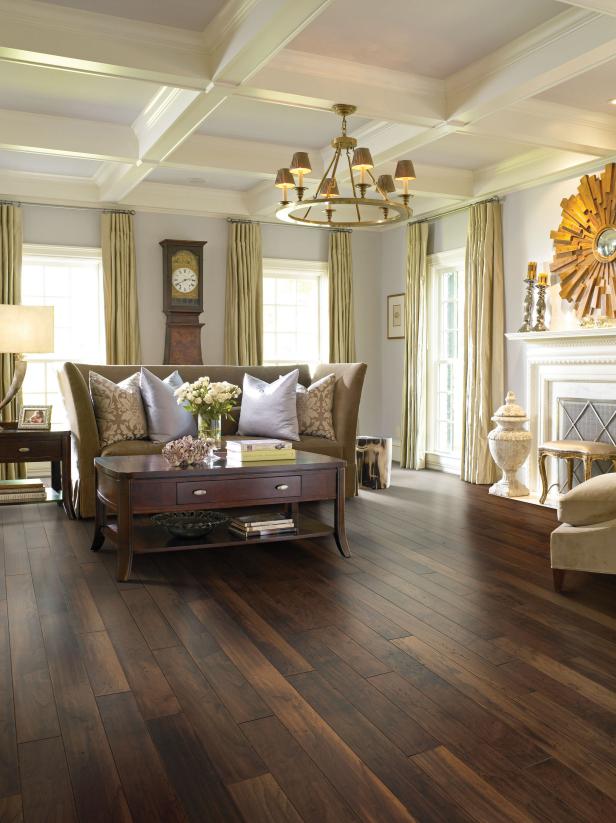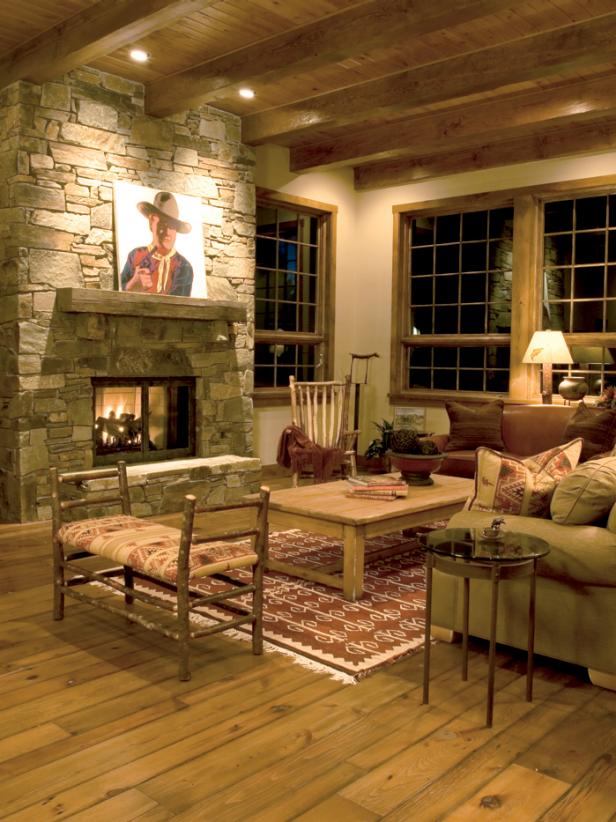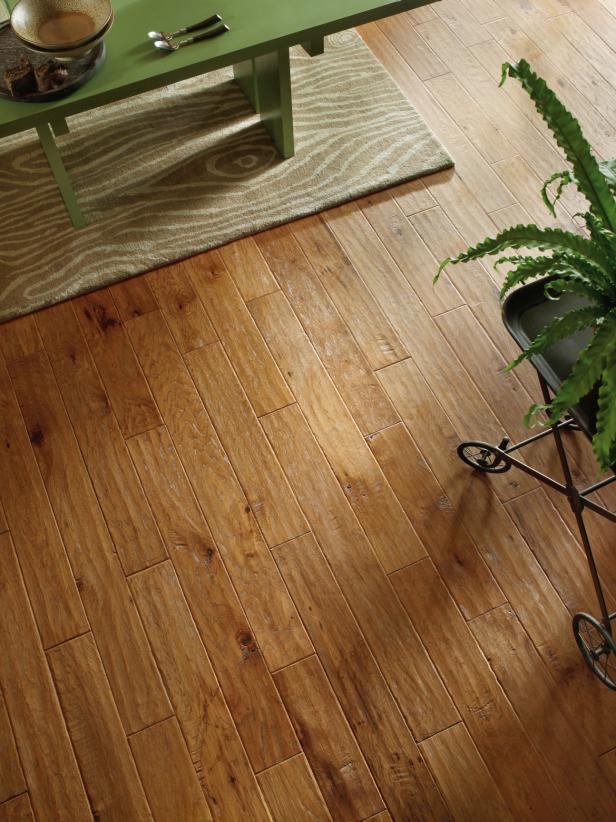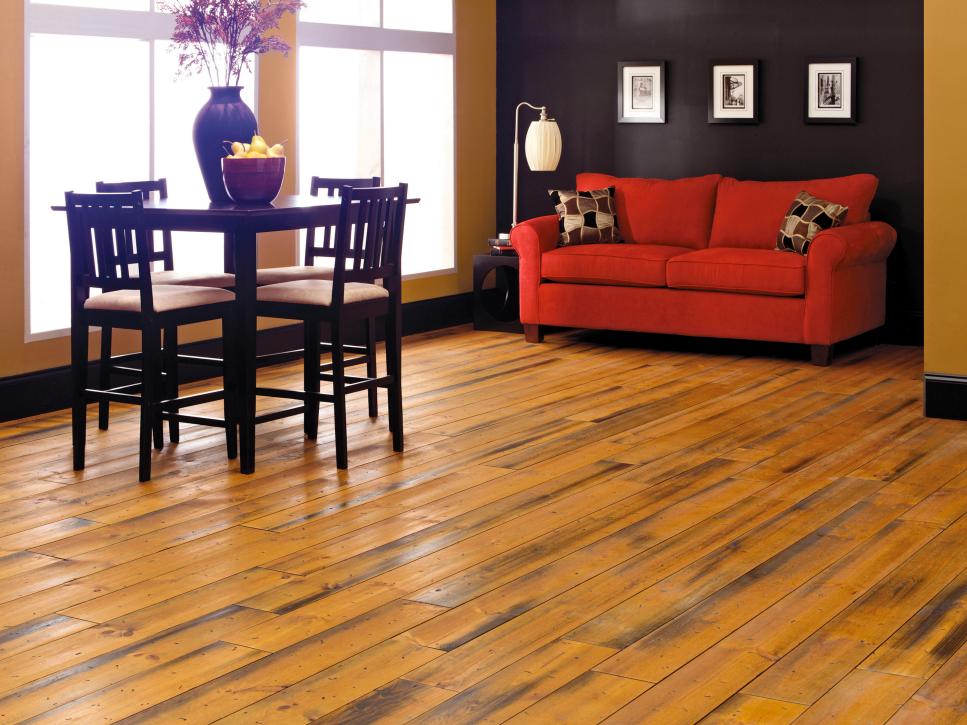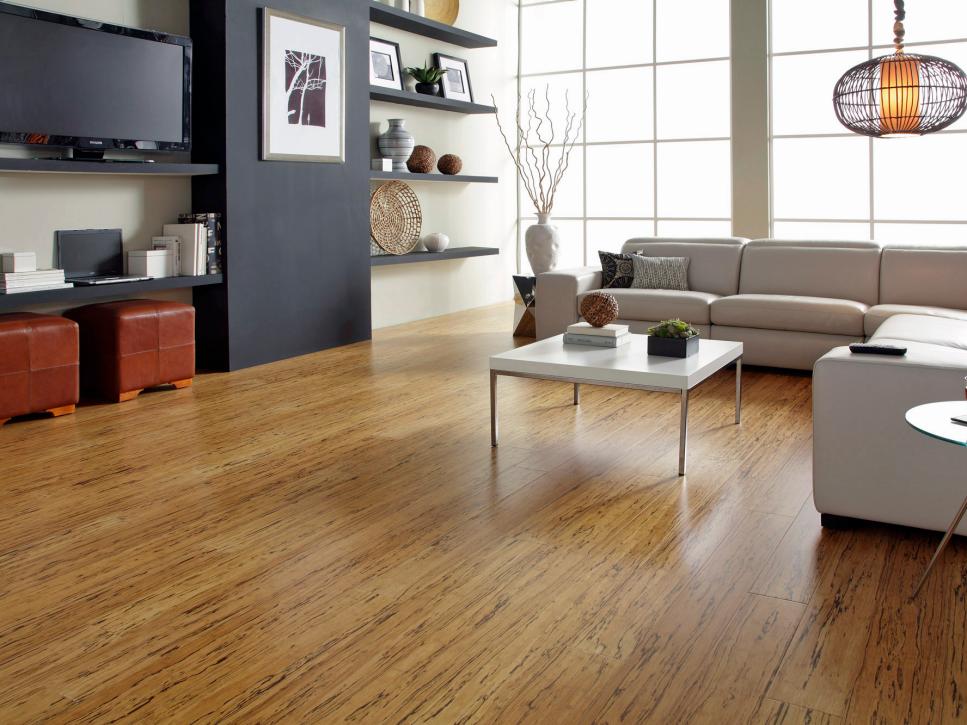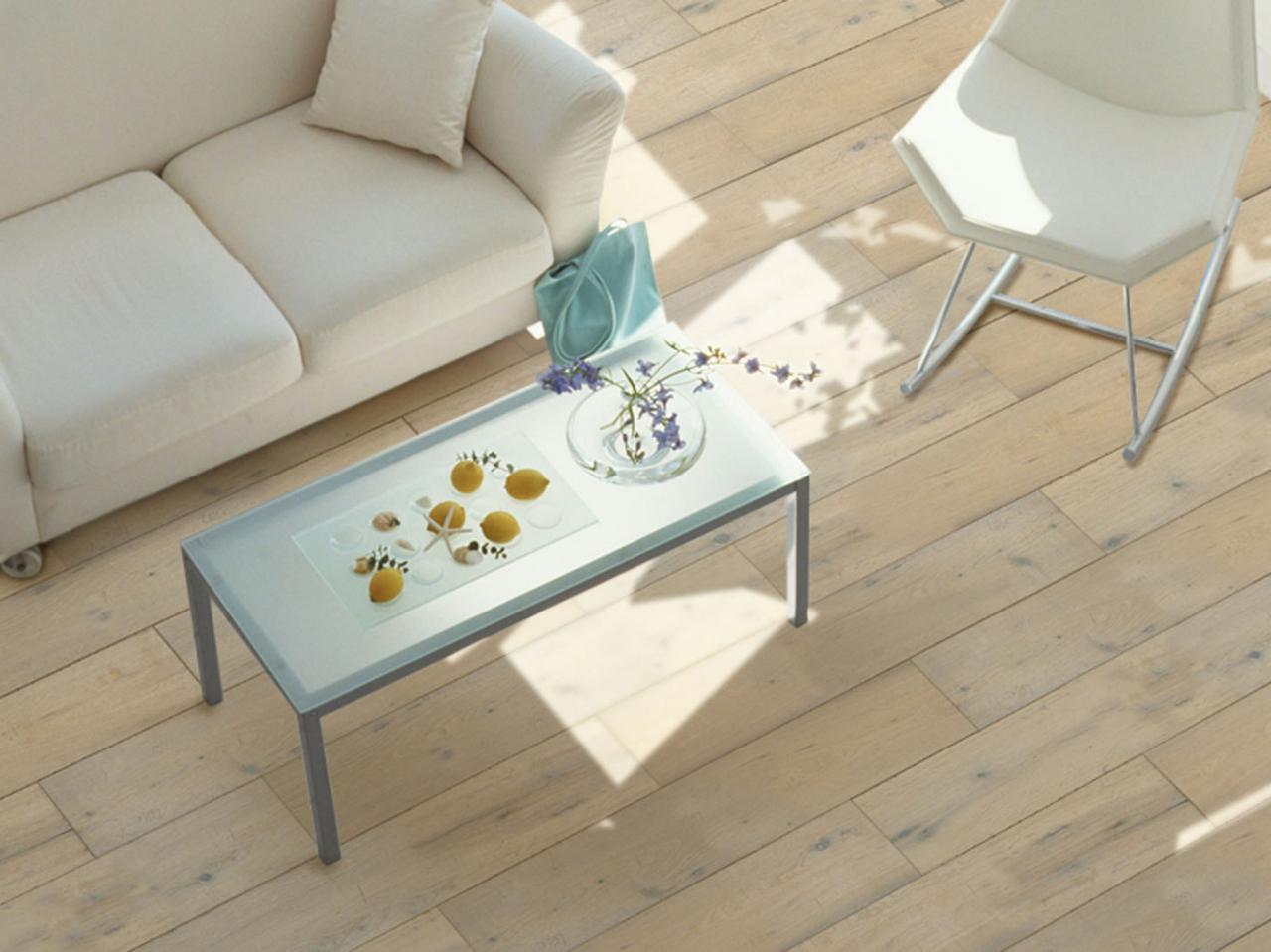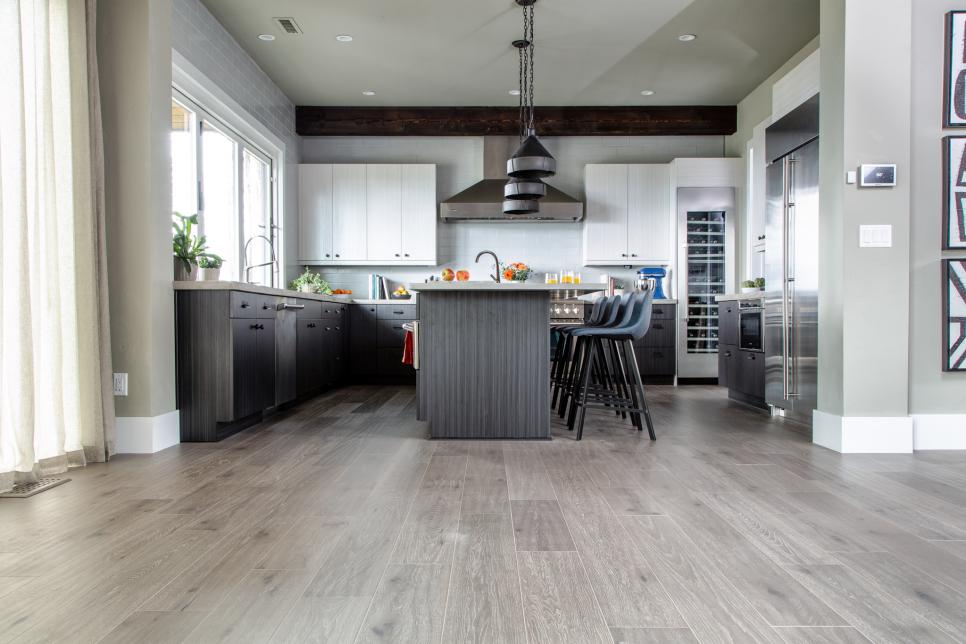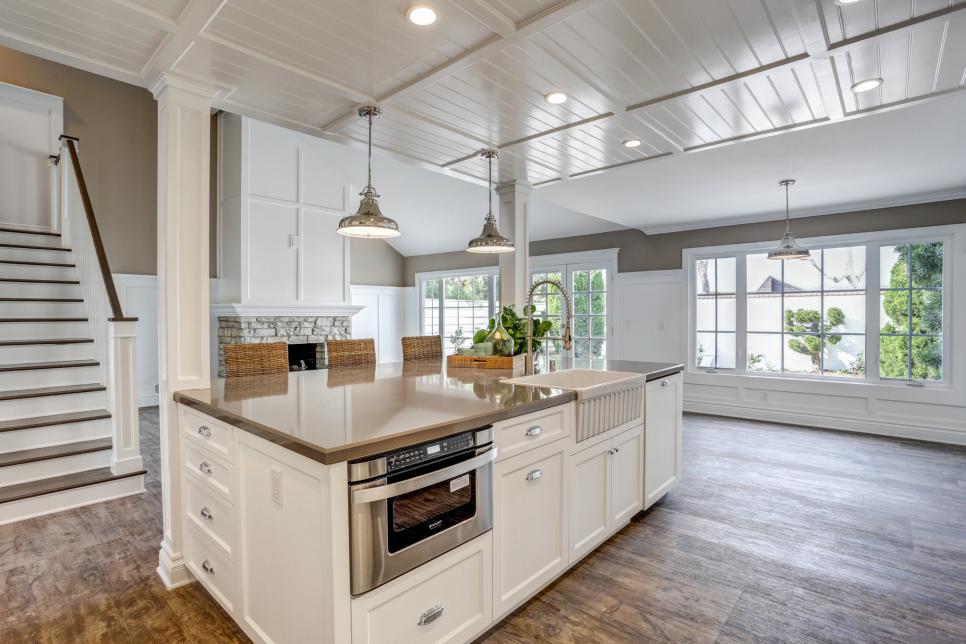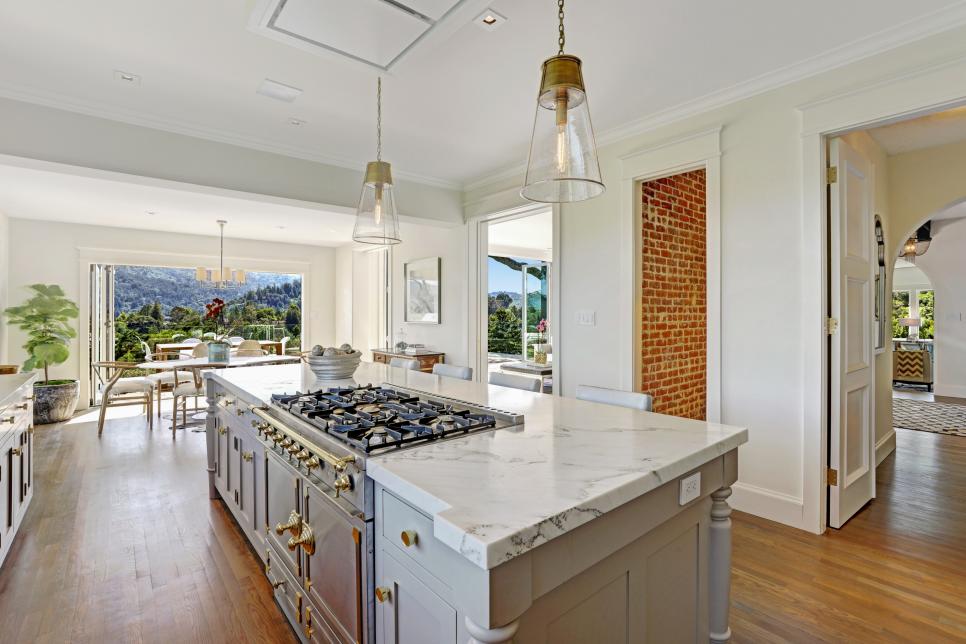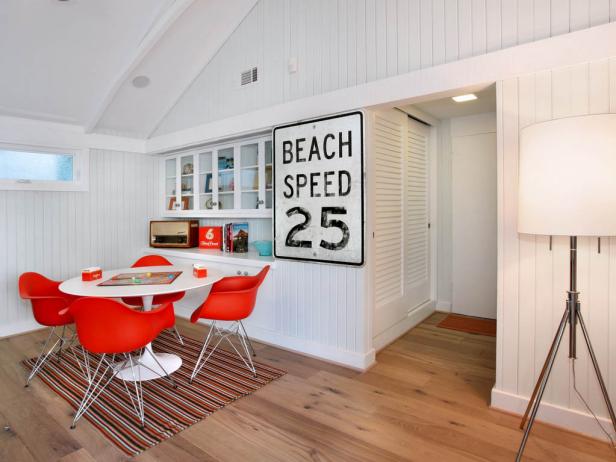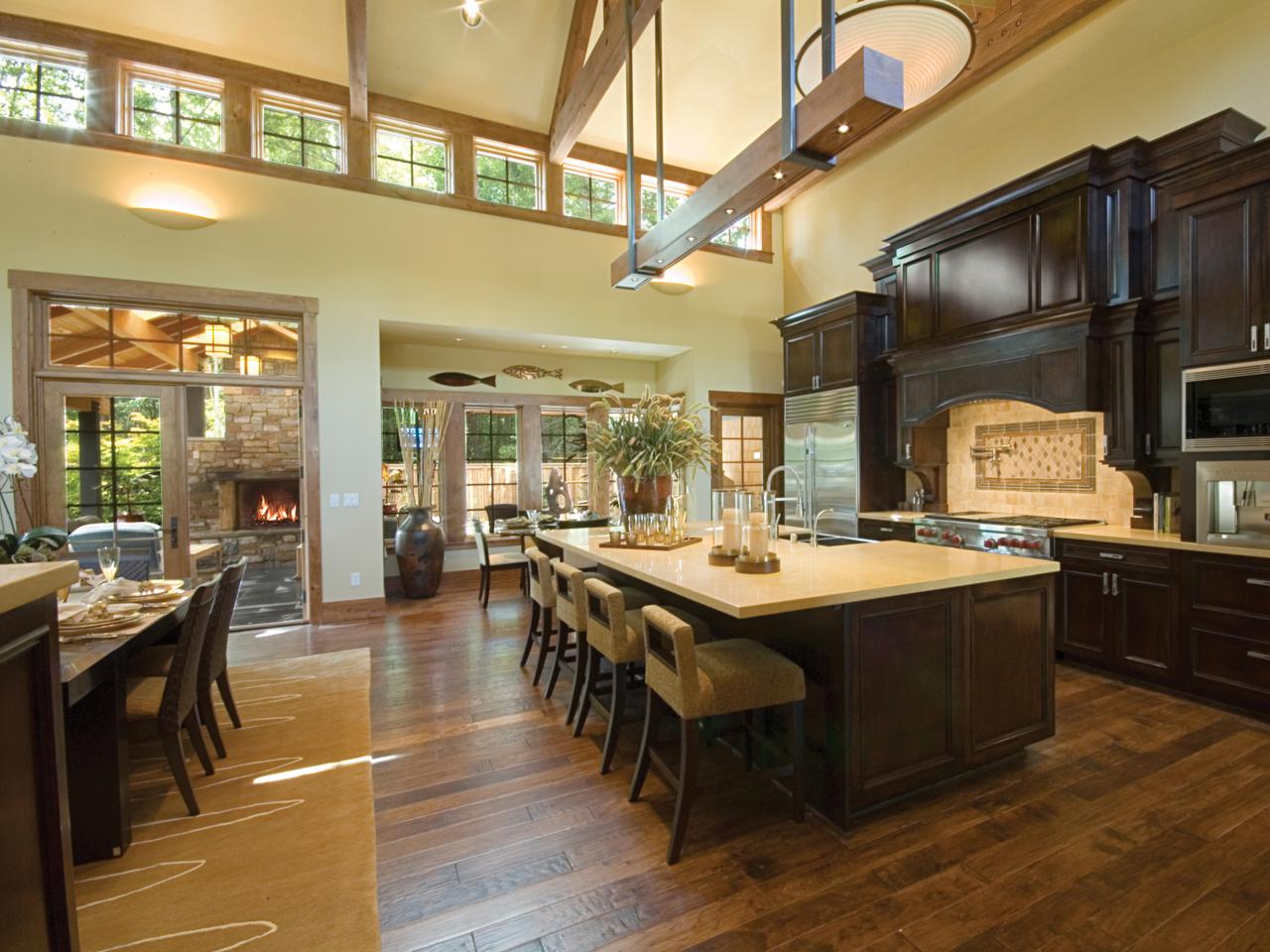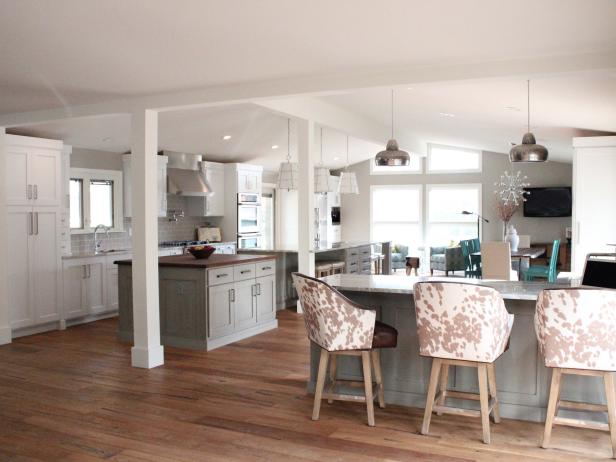Classic Oak: Timeless Elegance in Hardwood Flooring
When it comes to hardwood floors, few materials can match the timeless appeal of oak. As one of the most popular and widely used woods in flooring, oak offers durability, versatility, and beauty that has made it a classic choice for decades. Whether you’re renovating a traditional home or adding character to a modern space, oak hardwood floors bring warmth and sophistication to any room.
- Versatility in Design Oak is known for its versatility, making it a great option for nearly any interior design style. Its natural grain patterns and color variations—from warm, honey tones to darker, rich browns—allow it to complement a wide range of décor. Whether you’re going for a rustic farmhouse look or a sleek, contemporary feel, oak hardwood floors can fit right in.
- Durability and Strength One of the main reasons oak is so popular for hardwood floors is its durability. Oak is a dense, sturdy wood that can withstand heavy foot traffic, making it ideal for high-use areas like living rooms and kitchens. Additionally, its ability to resist wear and tear means your floors will maintain their beauty for years with minimal maintenance.
- Timeless Aesthetic Oak hardwood floors have a timeless appeal that never goes out of style. Unlike trends that come and go, the classic look of oak remains elegant year after year. This makes it a great investment for homeowners who want a floor that will look just as beautiful decades from now as it does today.
- Stain and Finish Flexibility One of the great things about oak is how well it takes stain. Whether you prefer a light, natural finish that enhances the wood’s grain or a darker, more dramatic tone, oak can be stained to match your vision. This flexibility allows you to customize your floor to suit your style, without sacrificing the wood’s inherent beauty.
- Wide Availability Because oak is so popular, it’s widely available, which makes it an affordable option compared to other hardwoods. Its abundance ensures that you can find oak in various styles, finishes, and price points, making it accessible for many budgets.
- Sustainability Oak is also a sustainable choice for hardwood flooring. Most oak used in flooring is sourced from managed forests, ensuring that the wood is harvested in an environmentally responsible way. By choosing oak, you’re not only getting a beautiful and durable floor, but you’re also supporting sustainable practices.

Wide Plank Hardwood Floors: Expanding Space with Style
Wide plank hardwood floors are becoming increasingly popular for their ability to make a space feel larger and more open. With planks that are wider than the traditional 2 1/4-inch boards, wide plank flooring creates a seamless, expansive look that’s perfect for both modern and traditional homes. The style, paired with the natural beauty of wood, creates an impressive and bold statement.
Creating the Illusion of Space One of the main advantages of wide plank hardwood floors is their ability to make a room appear larger. The wider boards reduce the number of seams, creating a more open and continuous look. This can be especially beneficial in smaller rooms or open-concept spaces where you want to emphasize the feeling of expansiveness.
Rustic and Modern Appeal Wide plank floors have a versatile aesthetic that can suit both rustic and modern interiors. In a rustic setting, the wide planks give the room an old-world charm reminiscent of historical homes or country cottages. In a modern space, the clean lines and fewer seams create a sleek and contemporary look.
Showcasing the Wood’s Natural Beauty Wider planks allows more of the wood’s natural grain and texture to be visible. This makes wide plank flooring an excellent choice for those who want to showcase the inherent beauty of the wood. Whether you opt for oak, maple, or hickory, the broader surface area highlights the unique patterns and knots of the wood, making each plank a statement piece.
Less Seams for a Seamless Look With fewer seams between the boards, wide plank floors create a more cohesive, continuous look. This seamless appearance adds to the feeling of space, making the room look less cluttered. Additionally, fewer seams mean less opportunity for dirt to accumulate, making the floor easier to clean and maintain.
Customization Options Wide plank floors come in a variety of widths, from 5 inches to over 12 inches, giving you the flexibility to choose the size that best suits your space and style. You can also choose from a wide range of wood species, stains, and finishes, allowing you to create a truly customized floor.
Installation Considerations While wide plank floors are stunning, they do require careful installation. Because the planks are wider, they are more susceptible to expansion and contraction due to changes in humidity. It’s important to hire a professional who is experienced with wide plank installation to ensure that the floor is properly installed and can withstand the seasonal changes in your home.
Distressed and Hand-Scraped Hardwood: Rustic Charm and Durability
For homeowners looking to add character and warmth to their space, distressed and hand-scraped hardwood floors offer a rustic charm that’s hard to match. These floors are designed to look aged and worn, with unique imperfections that give them a one-of-a-kind appearance. The combination of rugged beauty and durability makes distressed and hand-scraped hardwood an excellent choice for creating a cozy, lived-in feel.
Unique Aesthetic Distressed and hand-scraped hardwood floors have a distinct look that sets them apart from other types of flooring. The hand-scraping process involves manually crafting each plank to create natural-looking grooves, scratches, and texture. This gives the floor an antique, timeworn appearance that adds a sense of history and character to any room.
Hiding Wear and Tear One of the biggest advantages of distressed hardwood floors is their ability to hide wear and tear. Because the floors are intentionally designed to look worn, any additional scratches or dents that occur over time will blend in, rather than stand out. This makes them a practical choice for high-traffic areas or homes with children and pets.
Durable and Long-Lasting Despite their rugged appearance, distressed and hand-scraped hardwood floors are incredibly durable. The hand-scraping process strengthens the wood, making it more resistant to damage. This means that, while the floors may look aged, they are built to last for many years without needing to be refinished or replaced.
Rustic Appeal for Any Room Distressed hardwood floors are often associated with rustic or farmhouse styles, but they can also complement more modern designs. The natural imperfections in the wood add texture and warmth, which can balance out sleek, contemporary furnishings. Whether you’re decorating a cozy cabin or a chic urban loft, distressed hardwood can bring warmth and personality to your space.
Low Maintenance Another benefit of distressed hardwood floors is their low maintenance. Since the floors already have a worn appearance, you don’t have to worry about every scratch or scuff. This makes them easy to care for, as routine cleaning is usually all that’s needed to keep them looking great.
Aging Gracefully Over time, all hardwood floors will show signs of wear, but distressed and hand-scraped floors are designed to age gracefully. As the floor continues to develop its unique patina, it only adds to the character and charm, making it a floor that truly gets better with age.
Herringbone and Chevron Patterns: Adding Visual Interest with Hardwood
If you’re looking to make a bold design statement with your hardwood floors, consider opting for a herringbone or chevron pattern. These intricate, geometric designs add a sense of sophistication and visual interest to any room. While traditional hardwood floors are laid in straight planks, herringbone, and chevron patterns take flooring design to the next level, creating a dynamic and elegant look.
The Difference Between Herringbone and Chevron Though they may look similar, herringbone and chevron are two distinct patterns. In a herringbone pattern, the planks are laid in a staggered zigzag arrangement, creating a broken “V” shape. In a chevron pattern, the ends of the planks are cut at an angle and arranged to meet in a continuous “V” shape. Both patterns add movement and texture to the floor, but the chevron tends to have a slightly more formal, uniform appearance.
Creating a Focal Point Herringbone and chevron floors are often used to create a focal point in a room. The geometric patterns draw the eye, adding depth and dimension to the space. These patterns work particularly well in entryways, hallways, and living rooms, where the floor can make a statement without overwhelming the overall design.
Timeless Elegance Herringbone and chevron patterns have been used in flooring for centuries, particularly in grand European estates and palaces. Today, they’re still associated with a sense of luxury and sophistication. Installing a herringbone or chevron floor in your home can give the space a high-end, timeless feel.
Versatility in Design While herringbone and chevron floors are often associated with traditional styles, they can also work in modern and contemporary settings. The key is in the wood choice and finish. For a classic look, opt for rich, warm tones like walnut or mahogany. For a more modern feel, lighter woods like white oak or ash paired with a matte finish can give the pattern a fresh, updated look.
Installation Challenges Because of their intricate design, herringbone, and chevron patterns can be more challenging to install than standard hardwood floors. It’s important to hire a professional installer who has experience with these patterns to ensure that the planks are laid precisely. While the installation may be more time-consuming and costly, the result is a stunning floor that’s worth the investment.
Adding Value to Your Home Hardwood floors are already known for adding value to a home, but herringbone and chevron patterns can take that value to the next level. The unique design creates a sense of luxury and craftsmanship that can increase the appeal and resale value of your home, making it a smart investment for homeowners who want to stand out.
Dark vs. Light Hardwood: Choosing the Right Tone for Your Space
One of the biggest decisions you’ll make when choosing hardwood floors is whether to go with a dark or light tone. Both options have their unique appeal and can dramatically affect the overall look and feel of a room. Deciding between dark and light hardwood depends on your style, the size of the room, and the amount of natural light it receives.
The Elegance of Dark Hardwood Dark hardwood floors, such as walnut or ebony, bring a sense of drama and sophistication to a space. The rich, deep tones create a luxurious feel and can add a sense of warmth to larger rooms. Dark floors also tend to hide imperfections like dirt and scratches better than lighter floors, making them a practical choice for busy households.
Bright and Airy Light Hardwood On the other end of the spectrum, light hardwood floors, like white oak or maple, create a bright and airy feel that can make a room look more open and spacious. Light floors reflect more natural light, which can be a great advantage in smaller rooms or spaces with limited windows. They’re also a popular choice for modern and Scandinavian-inspired designs.
Room Size Considerations The size of the room can play a big role in whether you choose dark or light hardwood. In smaller rooms, light floors can help create the illusion of more space, while dark floors can make a large room feel cozier and more intimate. If you’re working with a small space, lighter tones might be the way to go to avoid making the room feel cramped.
Balancing with Furniture and Décor When choosing between dark and light hardwood, consider how the floor will interact with your furniture and décor. Dark floors can make a bold statement, but they may overpower lighter furniture and walls. Conversely, light floors provide a neutral backdrop that allows bold furnishings and accent colors to stand out. The key is to find a balance that complements your overall design.
Maintenance and Cleaning While dark floors tend to hide dirt and scratches, they can show dust and pet hair more easily than light floors. Light floors, on the other hand, may require more frequent cleaning to maintain their bright appearance. Consider your lifestyle and how much maintenance you’re willing to commit to when choosing between dark and light hardwood.
Creating Contrast For those who can’t decide between dark and light, a popular trend is to create contrast by pairing light floors with dark furniture or vice versa. This contrast adds visual interest and depth to the space, allowing both the floor and the furniture to stand out. If done right, this combination can create a dynamic and well-balanced room.
Eco-Friendly Hardwood Options: Sustainable Choices for Your Home
As more homeowners look for ways to reduce their environmental impact, eco-friendly hardwood flooring options have become increasingly popular. Sustainable hardwoods are sourced from responsibly managed forests, ensuring that the wood is harvested in a way that protects the environment. In addition to responsibly sourced wood, several other eco-friendly flooring options can help you create a green home.
FSC-Certified Hardwood The Forest Stewardship Council (FSC) is an organization that certifies wood products that come from sustainably managed forests. When you choose FSC-certified hardwood, you can be confident that the wood was harvested in a way that protects biodiversity, reduces deforestation, and supports the livelihoods of forest communities. Many popular hardwood species, including oak, maple, and cherry, are available with FSC certification.
Reclaimed Wood Reclaimed wood is another eco-friendly option that has gained popularity in recent years. This wood is salvaged from old buildings, barns, and other structures and repurposed for flooring. Using reclaimed wood not only reduces the demand for new lumber but also gives the wood a second life, adding a sense of history and character to your home.
Bamboo Flooring While technically not a hardwood, bamboo is often included in discussions of eco-friendly flooring because it’s a fast-growing, renewable resource. Bamboo grows much more quickly than traditional hardwood trees, making it a sustainable choice for flooring. Bamboo floors are durable, stylish, and available in a variety of finishes that mimic the look of traditional hardwood.
Cork Flooring Cork is another sustainable flooring option that is often overlooked. Cork is harvested from the bark of the cork oak tree, which regenerates after harvesting. This means that cork can be harvested without damaging the tree, making it a renewable resource. Cork flooring is soft, durable, and provides excellent insulation, making it a comfortable and eco-friendly choice for your home.
Low-VOC Finishes In addition to choosing sustainable wood, it’s important to consider the finishes and adhesives used in your flooring. Many traditional finishes contain volatile organic compounds (VOCs), which can release harmful chemicals into the air. To create a truly eco-friendly floor, look for low-VOC finishes and adhesives that are safe for both your family and the environment.
Longevity and Durability One of the most eco-friendly aspects of hardwood flooring is its longevity. A well-maintained hardwood floor can last for decades, reducing the need for frequent replacements. By choosing a durable wood species and properly caring for your floor, you can reduce your environmental impact and enjoy a beautiful, long-lasting floor.
Mixing Hardwood with Other Materials: Creative Combinations for Unique Floors
For homeowners looking to create a truly unique floor, mixing hardwood with other materials can be a great way to add visual interest and texture to a space. Whether you’re combining hardwood with tile, stone, or even concrete, the result is a floor that stands out and reflects your personal style.
Tile and Hardwood Combinations One of the most popular ways to mix materials is by combining hardwood with tile. This is often done in transitional spaces, such as between a kitchen and living room, to create a smooth visual flow between different areas of the home. For example, you might use tile in the kitchen area for its water-resistant properties and hardwood in the living room for warmth and comfort. The combination creates a functional yet stylish transition between the two spaces.
Stone and Hardwood Contrast Pairing hardwood with stone creates a beautiful contrast between the natural warmth of wood and the cool, rugged texture of stone. This combination works particularly well in entryways, where the durability of stone can handle high foot traffic, while the hardwood adds a welcoming touch. The juxtaposition of materials adds depth and interest to the space, creating a unique design statement.
Concrete and Hardwood for Industrial Style For those who love the industrial look, mixing hardwood with concrete can create a modern, edgy aesthetic. Concrete floors are durable and easy to maintain, while hardwood adds warmth and texture to balance out the cool, minimalist vibe of concrete. This combination works well in modern lofts or open-concept spaces where industrial elements are celebrated.
Inlays and Borders Another creative way to mix materials is by incorporating inlays or borders into your hardwood floor. For example, you could add a tile inlay in the center of a room or create a stone border around the edges of the floor. This technique adds a custom, decorative touch to the space and can be used to highlight architectural features or define different areas of the room.
Mixing Wood Species If you prefer to stick with wood but still want to add variety, consider mixing different wood species within your floor design. For example, you could use a darker wood like walnut for the majority of the floor and incorporate lighter accents like maple or oak in a herringbone or chevron pattern. The contrast between the different woods adds visual interest while maintaining the warmth and natural beauty of hardwood.
Seamless Transitions When mixing materials, it’s important to ensure that the transitions between different flooring types are seamless. This can be achieved by using transition strips or by carefully aligning the edges of the different materials. A well-executed transition creates a smooth, cohesive look that enhances the overall design of the space.
Budget Hardwood Floor
Top Flooring Options
Flooring Trends to Try
Choosing Hardwood Flooring
Kitchen Flooring Options and Design Ideas
Home Floor Remodeling Project
Hardwood Kitchen Floor Ideas
Kitchen Hardwood Flooring Ideas
Hardwood Flooring in the Kitchen
Flooring Ideas & Options for any Space
Related Posts:



